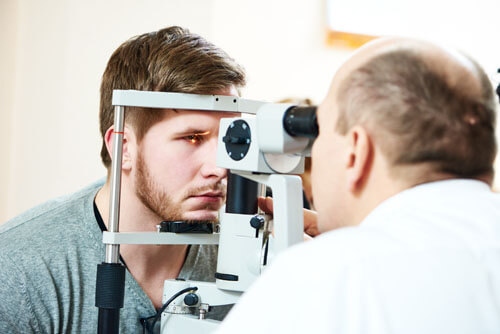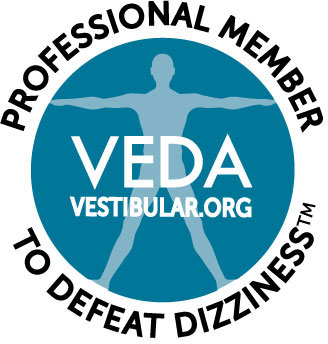The Discovery of Vertical Heterophoria

This particular discovery takes place in a car in 1985 when Dr. Debby Feinberg was on a double-date with Dr. Mark Rosner, the man who would eventually become her husband, his brother, Dr. Arthur Rosner, and his fiance. Debbie glanced over at Arthur and the large prism in his hands, her background as an optometrist immediately allowing her to identify the object. Curiosity getting the best of her, Dr. Feinberg learned that the doctor had been unable to receive an accurate diagnosis that explained why he was experiencing eye strain, even after he had met with the chief of Ophthalmology. While he had been given the lens as an eye strain treatment, it had yet to yield tangible results.
Debby suggested her colleague come in to her practice for an eye exam and agreed that she would integrate the prismatic lens as part of of his regular prescription if he actually needed it. After the visual examination, the two were able to determine that Arthur did in fact need vertical prismatic correction to address his mysterious eye strain. Not only that, but the doctor also became her initial vertical heterophoria (VH) patient.
A Seed Is Planted
Once Dr. Feinberg learned just what was going on with Arthur’s vision, she also learned just how much his VH affected not only his vision, but other areas of his life as well. For instance, he had a hard time reading and experienced poor depth perception. She also learned he wasn’t alone in his struggles. As an otolaryngology (ENT) physician, he learned that many of his patients were also experiencing symptoms similar to his, all of whom had been tested and cleared for inner ear problems.
Were eye misalignment problems and their related symptoms, such as migraines and dizziness, more prevalent than both doctors thought?
While Dr. Rosner would refer his patients to their optometrists, they would only be told that their exams showed no evidence of visual misalignments or any other issues associated with the eyes. It wasn’t until 1995 that Dr. Feinberg started seeing Arthur’s patients, even though she was more familiar with treating individuals with blurry eyes than she was with patients who experienced dizziness. Thanks to her extra training in optometry school, Dr. Debby was able to learn more about the symptoms associated with VH and use prismatic lenses to successfully treat them.
Since then, Dr. Feinberg has helped more than 8000 patients and has published many article with her research team. Dr. Cheryl Berger Israeloff is one of the first doctors in the country to train under Dr. Feinberg at The Vision Specialists Institute in Michigan. She has treated hundreds of patients with BVD and is happy to be a part of Dr. Feinberg’s team. To learn more about VH and other binocular vision dysfunctions, feel free to get in touch with her and the rest of the team at the Neuro Visual Center of New York. Schedule a consultation or neuro visual examination by calling 516-224-4888. See yourself and your symptoms in a whole new way.





